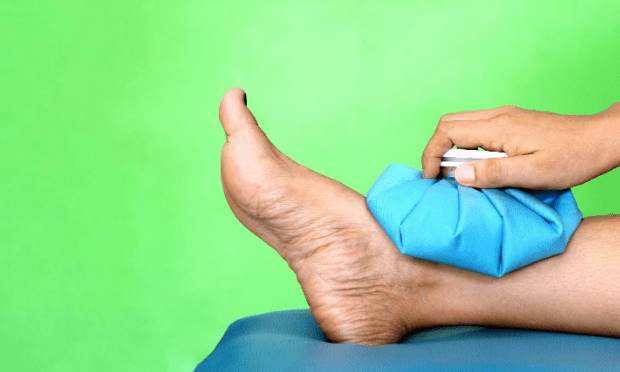Ice vs Heat: Which is better for physical therapy?
If there is one question we are asked nearly every day in physical therapy, it’s: “which is better, ice or heat?” Well, the answer depends on the individual and the timeline of the injury. Here’s some information to help guide your decision next time you are in pain.
Ice Therapy
If an injury occurred within the last 72 hours, the answer is ice. Bodily trauma is followed by an inflammatory process (release of chemicals causing pain and swelling), which is a healthy and normal process. Unfortunately, this process happens to be very painful. Ice acts as a vasoconstrictor, reducing blood flow to an area. Our initial goal is to control the accumulation of excess swelling, so time is a factor. Icing for 20 minutes immediately after an injury will assist in pain modulation and swelling control. Within the next 1-3 days, ice can help reduce the amount of swelling you produced.
Ways to ice:
- Cold pack wrapped in a towel
- Cold water immersion
- Ice massage (3-5 minutes)
Additional swelling tips:
- Elevate injured body part
- Compression with an ace wrap when not icing
Be careful when icing:
- Use a barrier to avoid skin, tissue or nerve damage (cold pack)
- Should not be applied if you have vascular disease or altered sensation
Heat Therapy
Heat is best used for chronic pain, including anything after the acute phase (initial 72 hours). Heat therapy works by improving circulation and promoting blood flow to a desired area, increasing muscle flexibility and relaxation. Heat therapy is commonly used for joint stiffness or tight muscles and is very popular on joints which are achy due to arthritis.
There are two types of heat:
- Dry – Heat lamp, electric heating pad or sauna
- Moist – Hot bath or shower, steaming towel or moist hot pack
- More effective and require less time to get the results
Additional heat tips:
- 15-20 minutes is sufficient for minor muscle tension or stiffness
- Heat can be applied up to one hour if pain is severe
Be careful when heating:
- Heat should not be applied to an open wound
- Care should be taken if applying to person with decreased circulation or altered sensation
Contrast Therapy
You can also alternate between ice and heat! When ice is applied circulation is reduced, however, removing the ice and applying heat causes the veins to overcompensate and rush blood to the area. Going back and forth creates a pump, helping to push out stubborn swelling. This assists tissue healing by bringing nutrients to the injury site. Alternating can be useful for osteoarthritis or exercise-induced injury/DOMS (delayed onset muscles soreness).
Hopefully this information helped to answer your question of “which is better, ice or heat?” If you have further questions or need help controlling swelling/pain after an injury, please give us a call or schedule an appointment online. We have many other tools and techniques we can use to help, including manual lymph drainage, NormaTec Pulse Recovery System and Game Ready Cold Therapy Compression to name just a few.


